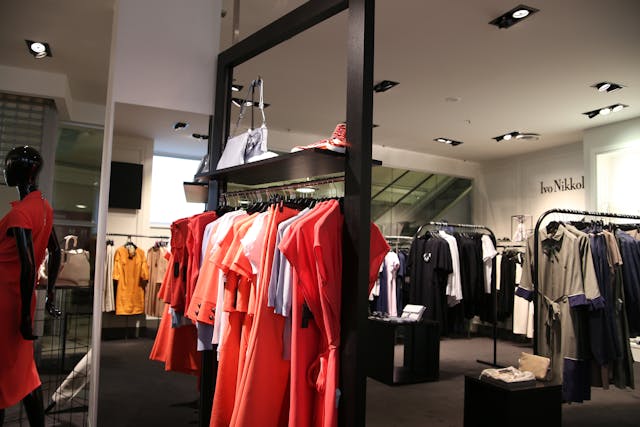Starting a new business is a fascinating endeavor full of possibilities that allows one to satisfy a niche with goods or services catered to specific demands or to introduce fresh ideas to a busy market. However, turning an idea into a profitable company calls for exact planning, creativity, and meticulous attention to detail. A shop is a tangible expression of a brand’s promise to its consumers, not just a place. Every element, from the atmosphere to the design, contributes to its uniqueness and influences how customers perceive it. Every choice, whether location, design, or service approach, strengthens the basis of long-term success. Starting a new shop is about creating an experience that motivates trust, loyalty, and fulfillment rather than just opening doors.
Choosing the Right Location
The success of any new shop depends critically on its chosen site. The location decides the foot traffic volume, the clientele’s demographics, and the general business accessibility. Researching the local market dynamics is crucial; one should find rivals, evaluate complementing companies, and grasp customer behavior. Opening a boutique shop next to high-end fashion stores, for example, might attract consumers looking for well-chosen selections, while a café could appeal to college students. Just as crucial is making sure the shop is visible. A heavy traffic location with good signage possibilities raises the possibility of drawing walk-in clients. Never undervalue accessibility—parking lots or proximity to public transportation.
Creating an Inviting Interior Design by Combining Form with Utility
Customer behavior and the improvement of the whole experience at a business depend on the inside design. A well-designed shop guarantees simplicity of navigation and reflects the brand’s character. Appropriate space zoning—allocating sections for merchandise, customer interactions, and checkout counters—can greatly simplify processes and reduce consumer annoyance. The design should inspire discovery while keeping clutter-free. The atmosphere and impression of the place also depend on the materials, colors, and lighting choices used in the design. Comfortable shopping might result from warm lighting and appealing tones. Professional floor coating contractors provide durable coatings that help to preserve the perfect look and save maintenance expenses over time. These components together form the buying experience, which allows consumers to remember it and motivates frequent visits.
Creating a Product Line That Really Connects
The fundamental value proposition of a shop is its product line. It should forecast future trends and satisfy the demands of the current market. Extensive study on the target audience’s tastes, along with data-driven insights, guarantees that the inventory is relevant and varied. Combining unusual products with basics distinguishes a shop from its rivals. Maintaining consistency in quality is also quite vital. Building client confidence using regular inventory updates with new goods and close ties with trustworthy vendors helps.
Create a Strong Marketing Plan
Good marketing starts long before the business opens. Using social media, creating buzz around the launch event, and running focused advertising campaigns guarantees that the community knows the new addition to their neighborhood. Local alliances, including companies, influencers, or community organizations, help to augment outreach initiatives. Especially in the critical first phase, promotional offers, loyalty programs, and freebies generate excitement and motivate visits. The identification of the shop is established in part by branding components like a distinctive logo, consistent color schemes, and coherent message. Maintaining a consistent flow of promotional activities and interacting with consumers across many channels helps to keep interest and foster loyalty over time, even after the launch.
Giving the Cornerstone Customer Experience a Top Priority
A good shop depends mainly on the customer experience. Every contact with consumers from the time they enter should show professionalism and sensitivity. Friendly and informed personnel prepared to provide individual suggestions to improve the shopping experience. Training staff members to efficiently and sympathetically answer questions, complaints, and special requests can help build a good image.
Conclusion
Including technology in customer service improves convenience through interactive kiosks, loyalty applications, or mobile payment systems. Gathering and using consumer comments guarantees that the shop keeps changing to satisfy needs. Long-term development depends on every attempt to surpass consumer expectations, which results in greater brand loyalty, excellent evaluations, and priceless word-of-mouth recommendations. The path of establishing a new shop ends with its capacity to engage its target market.

